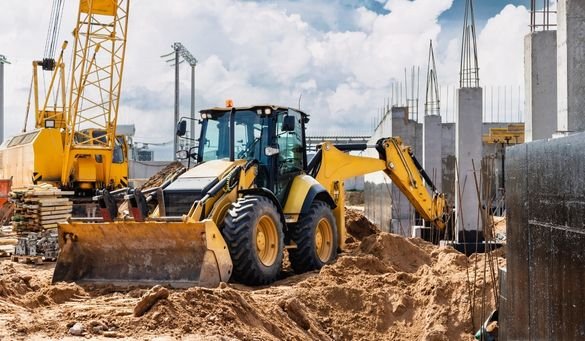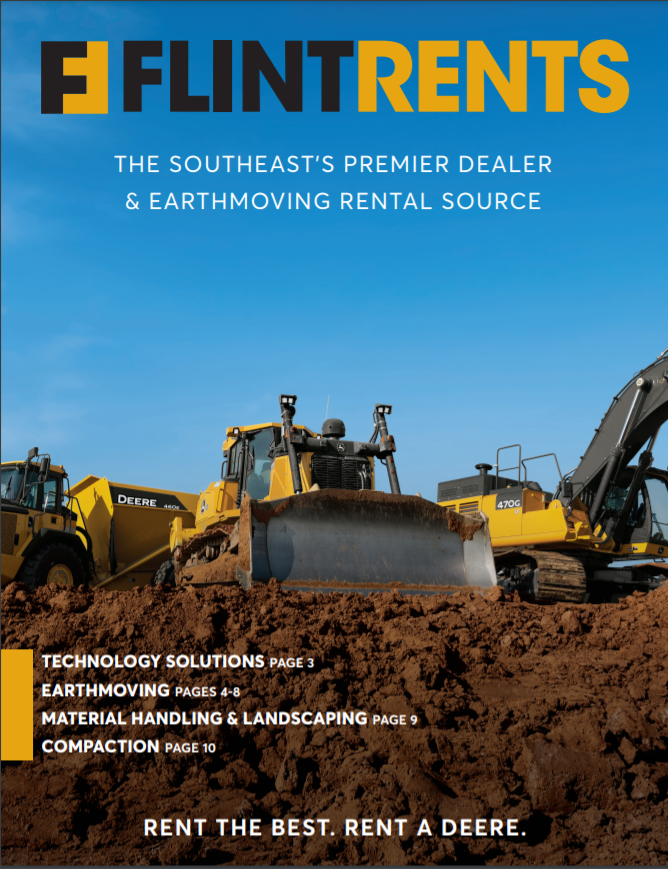Heavy Equipment Rental: Big Equipment for Any Type Of Construction Task
Heavy Equipment Rental: Big Equipment for Any Type Of Construction Task
Blog Article
Maximize Your Budget by Recognizing the Prices Connected With Building Tools Leasings
Comprehending the full scope of costs linked with building tools services is important for maximizing your budget. What methods can be employed to properly manage these prices and guarantee an extra effective rental experience?
Summary of Rental Expenses
When taking into consideration construction tools rentals, understanding the connected costs is vital for efficient budgeting and task planning. Rental prices can vary dramatically based upon numerous elements, consisting of equipment type, duration of rental, and area. The preliminary rental charge often mirrors the tools's market need and its linked functional capacities, influencing the total expense.
Along with the base rental rate, ancillary costs might arise, such as transportation costs, fuel surcharges, and maintenance charges. It is crucial to represent these extra costs to properly examine the complete cost of renting out equipment. The rental period can influence pricing; longer services may qualify for reduced rates, while short-term rentals might sustain greater daily costs.

Breakdown of Rental Prices
A thorough understanding of rental prices is necessary for professionals and project supervisors intending to enhance their spending plans. Rental rates for building equipment usually consist of several elements, consisting of base prices, time-based fees, and use costs.
Base prices are the core costs related to the service of the devices, commonly determined by the type and dimension of the machinery. These prices can differ dramatically, affected by variables such as tools demand, availability, and local market fads. Time-based charges, which might be daily, weekly, or monthly, offer to accommodate various job timelines and rental periods.
Furthermore, rental prices may consist of use costs, which apply when tools is used past a defined threshold, making certain that the rental business can account for deterioration. Seasonal demand fluctuations can likewise impact rental prices, with peak building periods usually commanding higher rates.
In addition, understanding the rental business's policies pertaining to upkeep and insurance can offer additional understanding into the overall cost framework. By evaluating these elements, professionals can make enlightened decisions, guaranteeing the option of rental tools aligns with both job needs and budget constraints.
Additional Fees to Take Into Consideration
Comprehending the complexities of added fees is essential for service providers to handle their general leasing costs effectively. Past the typical rental prices, numerous auxiliary costs can considerably influence the complete cost of devices leasing. These charges typically consist of shipment and pickup fees, which can vary based on distance and logistics entailed in transferring the tools to and from the work website.
Additionally, some rental business might impose gas surcharges if the equipment is returned with much less fuel than when rented. It is also vital to recognize potential cleansing charges, specifically for specific devices that requires detailed maintenance after usage.

Completely evaluating the rental arrangement and clarifying these additional fees ahead of time can aid specialists prevent unexpected expenses and make certain that budgets continue to be undamaged throughout the job lifecycle.
Upkeep and Repair Work Expenditures
Routine upkeep and fixing expenditures are usually ignored variables that can significantly affect the total price of construction tools leasings. When leasing tools, it is vital to think about not only the rental costs however additionally the prospective prices related to keeping the machinery in optimum operating condition.
Many rental firms consist of fundamental upkeep as component of the rental arrangement; nonetheless, extra unexpected failures or considerable repair work can lead to added expenditures. It's necessary to examine the rental agreement thoroughly to understand what maintenance services are covered and what responsibilities fall on the renter.
Moreover, tools that is not properly maintained can cause inefficiencies on the job website, potentially triggering delays and increasing task expenses. To reduce these dangers, it is recommended to carry out routine evaluations and keep open communication with the rental service provider relating to any concerns that emerge throughout usage.
Insurance Policy and Responsibility Costs
Insurance coverage and responsibility costs are vital components that can considerably affect the overall expense of construction equipment leasings (heavy equipment rental). These costs guarantee that both the rental company and the client are shielded from potential monetary losses occurring from accidents, damage, or theft throughout the rental period

In addition, clients must be aware of any type of deductibles or exemptions in the insurance plan, as these can impact prospective out-of-pocket costs. Recognizing the terms and conditions of any insurance coverage is essential to prevent unforeseen expenses. Inevitably, budgeting for insurance and responsibility costs my website can help make sure a smoother rental experience and safeguard against monetary dangers related to building and construction tasks.
Conclusion
In verdict, a detailed understanding of the expenses linked with building tools rentals is vital for effective budget monitoring. Inevitably, notified decision-making concerning devices services adds to the overall success of building and construction undertakings.
Rental prices can vary significantly based on several variables, including equipment type, duration of service, and area (boom lift rental). The rental duration can affect prices; longer services may qualify for affordable prices, while short-term services could incur greater everyday fees
By carrying out complete study and engaging with trustworthy rental firms, specialists can properly browse the complexities of rental rates, ultimately optimizing their financial sources.
Beyond the typical rental prices, different supplemental fees can considerably affect the overall price of devices service. Rental companies frequently supply responsibility insurance policy that covers injuries to 3rd events or damages to residential property, while tools damages insurance policy can cover the cost of repair work or replacement if the rented devices is harmed.
Report this page